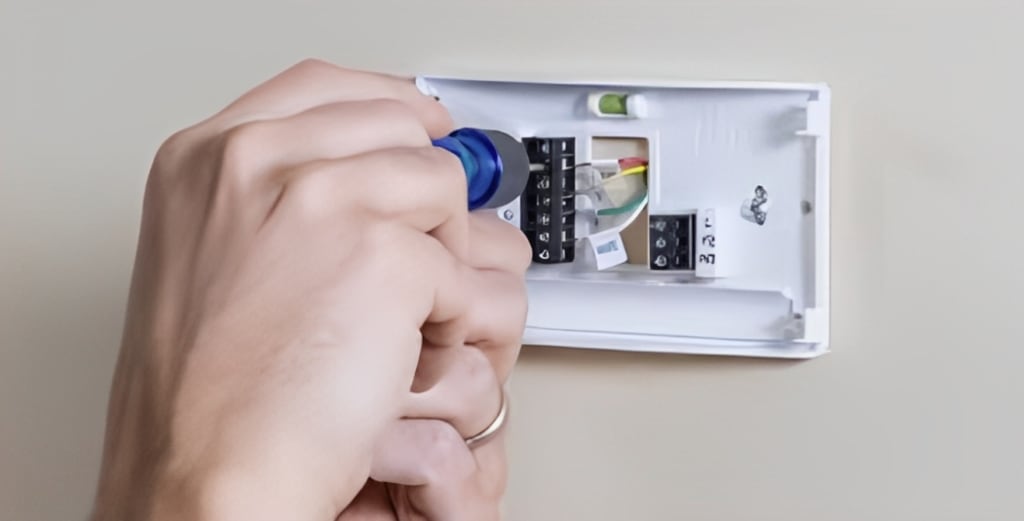What is C Wire on Thermostat?
Understanding the C-Wire on Your Thermostat

What is C Wire on Thermostat?
Understanding the C-Wire on Your Thermostat
At some point in your life, you may have come across a thermostat that requires a C-wire to function properly. You may be wondering what this mysterious wire does, and why it's so important. In this article, we'll explain what a C-wire is, why it's needed, and how you can tell if your thermostat requires one.
What is a C-wire?
A C-wire, or common wire, is a low-voltage wire that provides constant power to your thermostat. It stands for "common" because it's the common return path for the other wires in your thermostat. It's typically blue, but it can also be black or brown.
When Do I Need a C-Wire?
If your thermostat is older or has been upgraded to include advanced features, it may require a C-wire. If you're upgrading from an analog thermostat to a digital one, or if you're installing a new smart thermostat, you'll likely need a C-wire. It's also necessary if you're adding features such as remote access or Wi-Fi capabilities to your existing thermostat.
How Do I Tell if My Thermostat Needs a C-Wire?
The best way to determine if your thermostat needs a C-wire is to check the wiring diagram in the user manual. If the diagram shows a C-wire, then your thermostat needs one. To make sure you don't get confused, take a look at the back of your existing thermostat and count how many wires are present. This can help you determine which type of wiring setup you have in place.
Why do you need a C-wire?
Without a C-wire, your thermostat may not work properly. Some thermostats can operate without a C-wire, but they may have to rely on battery power, which can be unreliable and require frequent replacements. A C-wire provides a constant source of power, which ensures that your thermostat always has enough power to operate. This means that your thermostat can accurately control your heating and cooling system, and you can enjoy consistent indoor temperatures.
How can you tell if your thermostat requires a C-wire?
If your thermostat has a display that's always on, then it probably requires a C-wire. You can also check the wiring on your thermostat and furnace to see if there's a C-wire. If there's a spare wire in the bundle that isn't connected to anything, then it might be a C-wire. You can also consult your thermostat's user manual or contact the manufacturer to see if your thermostat requires a C-wire.
How to install a C-wire?
Installing a C-wire can be tricky, and it's best to have a professional do it for you. However, if you're confident in your DIY skills, here's a step-by-step guide:
Turn off power to your HVAC system at the breaker panel.
Remove the cover from your thermostat and locate the wiring.
Identify the C-wire terminal on your thermostat, and check if it's connected to a wire.
If there's a spare wire in the bundle, then connect it to the C-wire terminal.
If there's no spare wire, then you may need to run a new wire from your furnace to your thermostat. This can be difficult and may require cutting holes in walls and ceilings, so it's best to hire a professional.
Conclusion
A C-wire is an essential component of your thermostat, providing constant power to ensure accurate control of your heating and cooling system. If you're experiencing issues with your thermostat, or you're upgrading to a new thermostat that requires a C-wire, then it's important to have one installed. By following the steps outlined above, you can ensure that your thermostat operates properly and provides consistent indoor temperatures.
Good luck!
About the Creator
junaid mughal
I am just a Technology geek, who loves to experience latest gadgets, technology and share it with the world here.






Comments
There are no comments for this story
Be the first to respond and start the conversation.